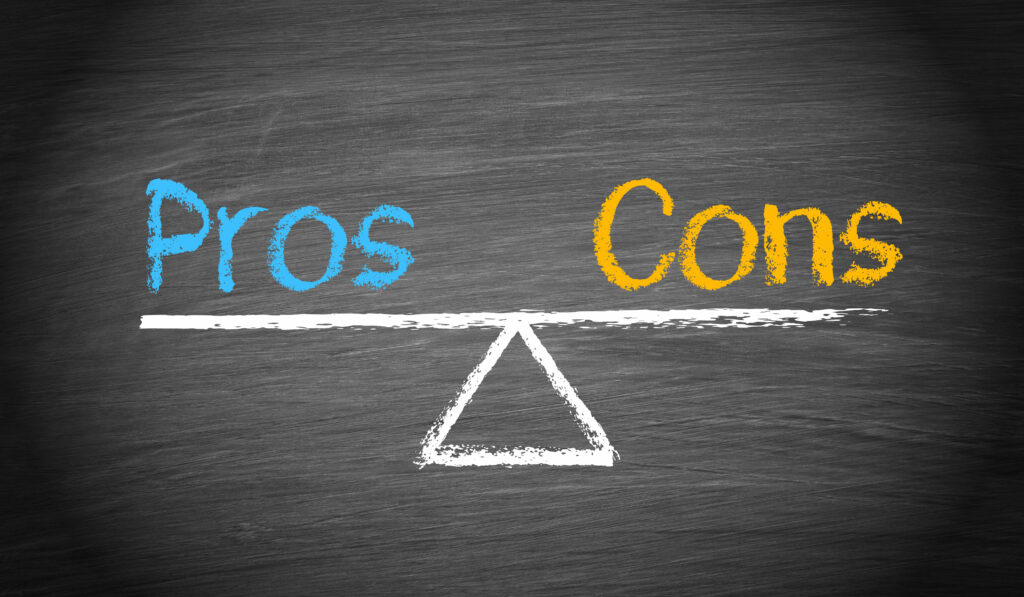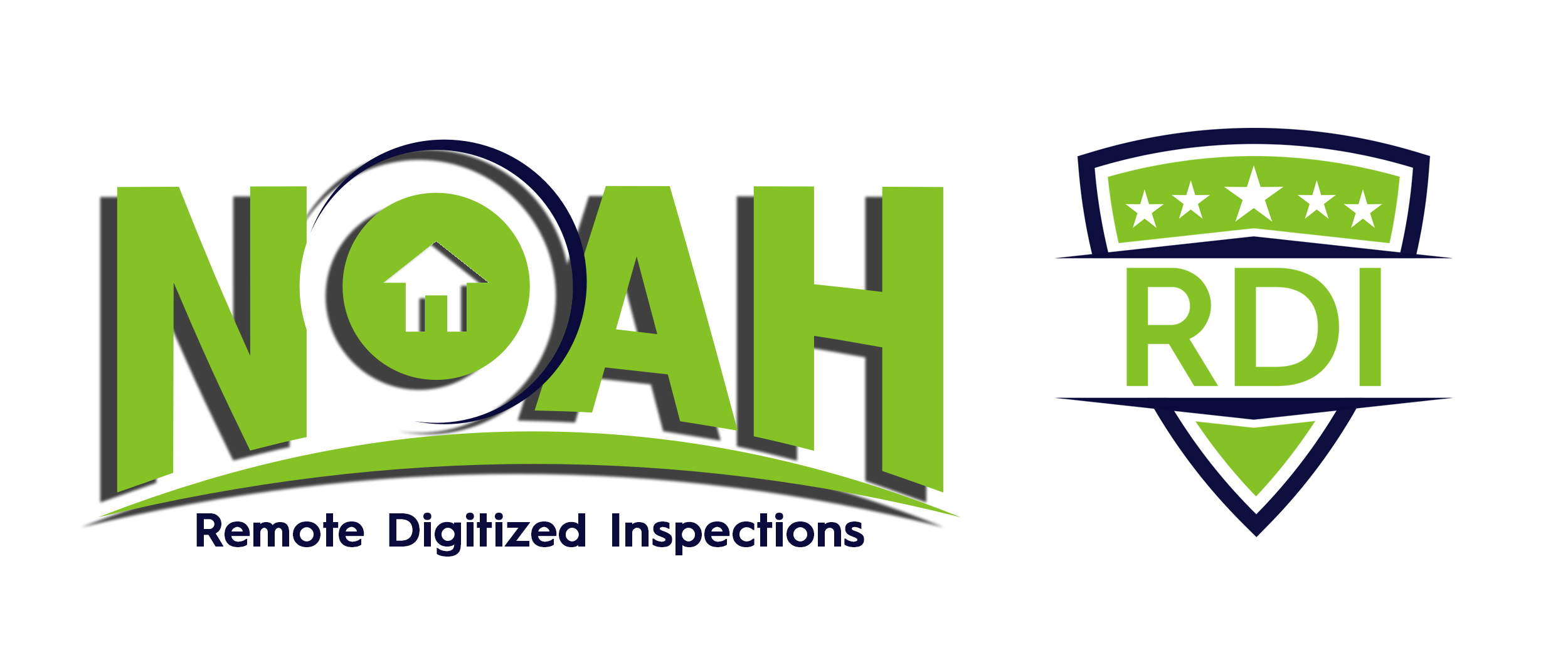28 Jan Manufactured Housing: Is It The Route for You
Whether you are buying your first house, a starter home for your family, or your forever home in retirement, most are looking for a way to save on the bottom line. This cost-effective mindset is what leads many home buyers to the idea of manufactured homes or modular housing.
Like with any major decision, deciding what best suits your needs may best be achieved with a good, old fashioned pros and cons list. Before writing out each item, be sure you are informed about true manufactured homes as they compare to other affordable housing options currently available on the market.
“Mobile homes” are manufactured homes built before the HUD code governing standards for factory-built homes was instituted in 1976. Modular homes and manufactured homes both fall into the category of “prefabricated homes”. Modular homes are pre-built in sections at a factory site and then are transported to and finished on location at the home buyer’s property. Manufactured homes are pre-constructed completely in the factory on a permanent steel chassis. Manufactured homes can be located on private property, but many homeowners choose to live in what once were known as mobile home parks.
Now that we are clear on the difference, how can you tell if a manufactured home is the right form of affordable housing to meet your needs?
Questions to Ask Yourself First

What size is right for you and your family?
Consider how large your current living arrangements and how much of that space is used daily by your family. Make a list of needs and wants with the other members who will be living in your household.
Keep in mind you should plan for any possible family expansion, frequent overnight guests, or children who are nearing the age to leave the house to get an accurate picture of how much space is needed before buying.
Do you own land or need to finance?
In many urban and heavily populated areas, land is scarce and expensive. In other places, the local laws only allow site-built construction on land. The size of your land parcel will largely dictate how big of a manufactured home can be safely delivered there, while leaving space for utilities and hook-ups.
Mortgage lenders usually offer loans to buyers of land and what are considered ‘permanent structures’ built on it. Manufactured homes can only be considered for traditional mortgage loans if the axles are removed and the structure is placed on a concrete foundation or a basement. This can greatly affect one’s ability to obtain financing needed to buy a manufactured home.
Are you planning to buy new or used?
Purchasing new manufactured homes allows you to choose the exact layout and size you want. In addition, you can choose all the features you want like countertop material, custom cabinetry, or soaking tubs and fireplaces.
The main advantage of purchasing used manufactured homes is lower asking price. However, like any used home purchase, you want to have it inspected and also have the chassis (if still fixed) and structural integrity inspected for the long-term safety of the home.
The Pros of Manufactured Housing:
 Affordability
AffordabilityOne of the most recognized benefits to manufactured homes is their affordability. Manufactured homes have become a great option for first-time home buyers and retirees with a limited budget.
Because they are mass produced and built on assembly lines, manufactured homes cost less to make. As of September 2018, the median price of a home in the United States was $225,000. Comparatively, the average manufactured home price comes in around $87,000.
Manufactured home buyers historically spend at least 10-20% less on housing than those building or investing in traditional, stick-built homes.
Luxury for LessLower base prices considered, usually buyers can add upgrades to manufactured homes that might take the price of a traditionally built home out of their budget. Manufactured housing makes upgrades like a soaking tub, fireplace or granite countertops much more attainable. Some buyers even opt for adding square footage to get a bigger living space for less.
Eco–Friendly and Energy-Efficient – Manufactured homes are energy-efficient, including upgraded insulation both under the building as well as in the walls. Energy efficiency by way of on-demand water heaters, energy saving appliances, and energy-efficient windows are standard in most builds.
Quality BuildsManufactured homes are built inside a factory using intense control according to HUD codes. They must meet structural integrity standards, design, energy efficiency, fire spread rating, and transportation from the factory to the site. Additionally, being built inside a factory ensures no weather damage is done to materials being used in the build process, unlike site-built homes. Fast, Efficient Install
While traditional homes can take months or years to build, manufactured homes typically average about three months. Since the home has pre-made sections, the final installation moves quickly. This leaves little room for error on the assembly line and no weather delays to delay or affect production in the same way that it does a site-built home. Low-risk construction
Traditional homes experience delivery delays, theft, and weather damage. However with manufactured housing, these risks are greatly minimized and often completely avoided.
The Cons to Manufactured Homes:
Long-Term Investment Value
While location is typically the biggest variable and predictor of value, appreciation rates of manufactured homes are traditionally lower than that of stick-built homes. The long-time stigma of mobile homes can be blamed for this result. Design Limits
While the interior of manufactured homes can be filled with luxury upgrades, the exterior and structural components are pre-made before installation so the variety is quite limited. Changes must be approved by a local governing authority. Limited Loans
This impressive cost saving of manufactured homes can come with a catch. Often, lenders only offer traditional mortgages to people buying what the law calls “real property”, or :land and anything permanently attached to it”. For this reason, stick-built homes meet this qualification but mobile homes and manufactured homes typically do not.
In order for lenders to view a manufactured home as a permanent structure, it must be permanently attached to a basement or concrete foundation with the axles removed.
A Place to ParkManufactured home parks are a two-part scenario, one of which the land the home is parked on having water and sewer hookups, a foundation, trash service, etc, and the other being the home itself.typically, the home is owned but not the land; that is leased from the park.
In northern states such Vermont, people stay an average of 11-12 years in the same manufactured-home community, many others staying for decades. Unfortunately, the negative stigma continues to follow from mobile homes and the public fails to realize that with axels removed, manufactured home residents cannot simply hook up to a pick up truck and move their home.
Repairs DifficultyIn heavily populated cities like San Francisco, strict rent control remains another pivotal variable. Although designed to help tenants renting apartments, houses and spaces for manufactured homes, rent control also limits the amount of money manufactured home park owners can charge tenants. For this reason, many tenants and managers find it difficult to find the finances to repair common amenities like shared roadways or septic systems.
With all large purchase decisions, weighing the pros and cons will help you decide what home buying options best suit your needs.

Sorry, the comment form is closed at this time.